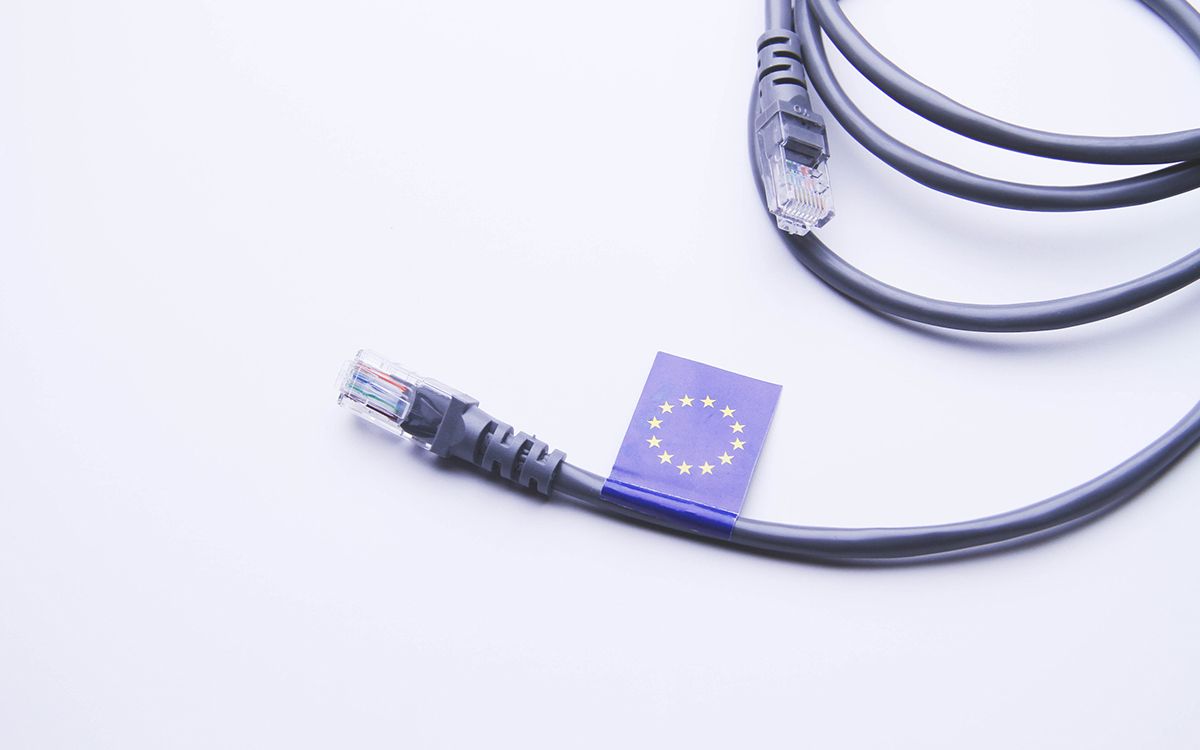As the deadlines set by the European Commission approach, a study reveals that Internet speeds in the Old Continent are far from reaching expected levels.

There European Commission is very clear on the subject of Internet access: “the main objective of connectivity during the digital decade is that every European household has access to high-speed Internet coverage by 2025 and to connectivity in gigabit by 2030”. By “broadband”, it means a connection of at least 100 Megabit per secondeither 12.5 MB/s. We are therefore only two years away from the first deadline and according to a recent study, there is very little chance that the deadlines will be met.
The survey is signed Ookla. This name may not ring a bell, but its service SpeedTest certainly. It is one of the most used sites for measure the speed of your Internet connection. It provides the ping (response time), then the download and import throughput AVERAGE. With all the data it has at its disposal, the company has been able to establish averages across many European countries and across different parameters. Generally speaking, the results are not great.
Internet speeds measured in Europe are not at all at the level of those announced
Let’s take the first objective set by the EU. Spain is the country that is doing the best with 87.48% of households having a fixed Internet subscription of at least 100 Mbits/s. Only, only 60.35% of them actually reach this speed. France is a special case here: if 51.37% of users can claim a speed of 100 Mbits/s, 58.14% achieve it. Some therefore benefit from a faster connection than that advertised.
Read also – Optical fiber: Orange, SFR, Free and Bouygues propose new measures to improve the quality of the network
In terms of coverage FTTH fiber (the optical fiber ends at your home), which allows reaching the expected gigabit, Romania impresses with 97.7% country coverage. France is at 78.2%. But here too, the measurements show that reality is very different from theoretical flow rates. At this level, France is the “best”: around 40% of homes can reach 1 Gbit/s (all technologies combined), however this is only the case for 1.42% of them. A huge disparity which can be explained by the still significant presence of less efficient copper terminations, or FTTB fiber.
Finally, note that France, the 4th European country with the best flow/price ratio, displays a median download rate of 170.51 Mbps and upload of 126.20 Mbps. Nothing to be ashamed of in front of your neighbors. However, there remains a lot of work if Internet service providers want to achieve the objectives set by the European Commission on the dates announced.
